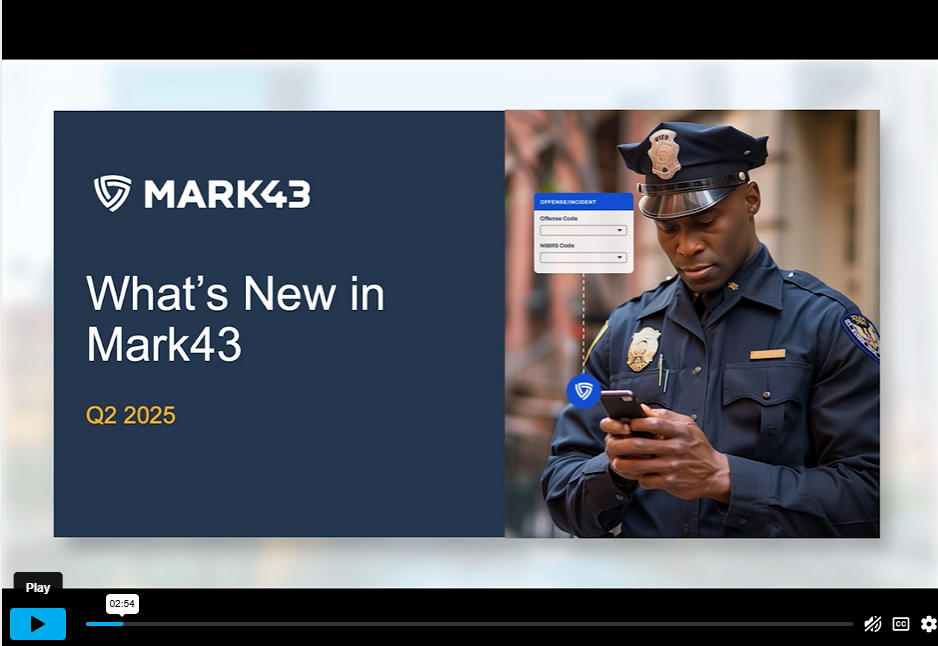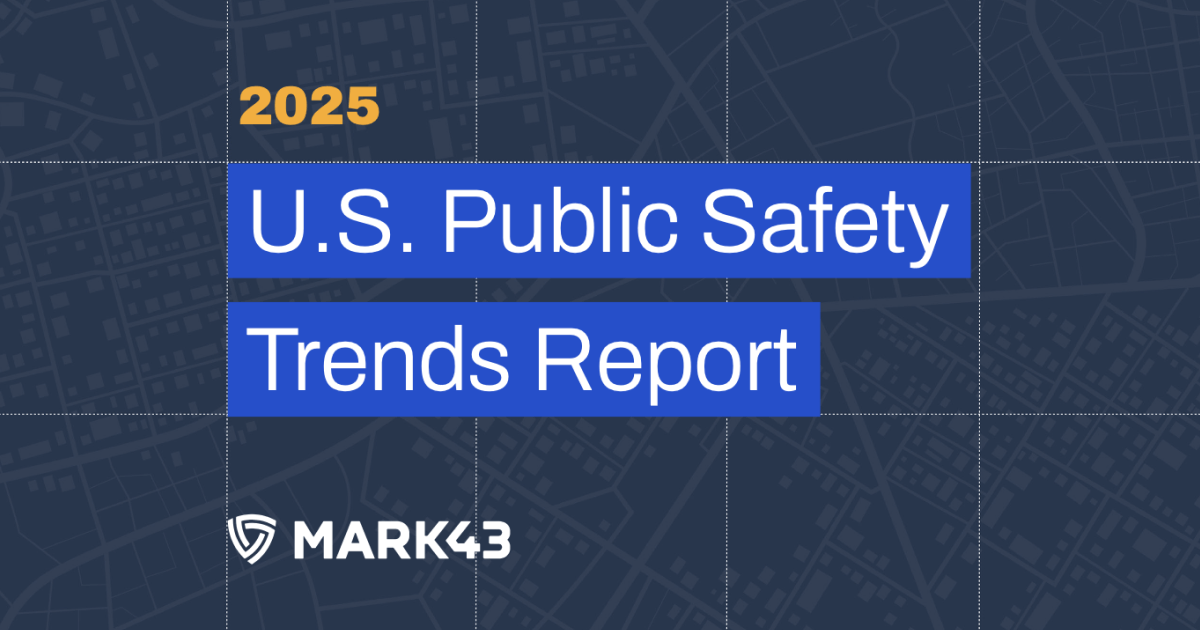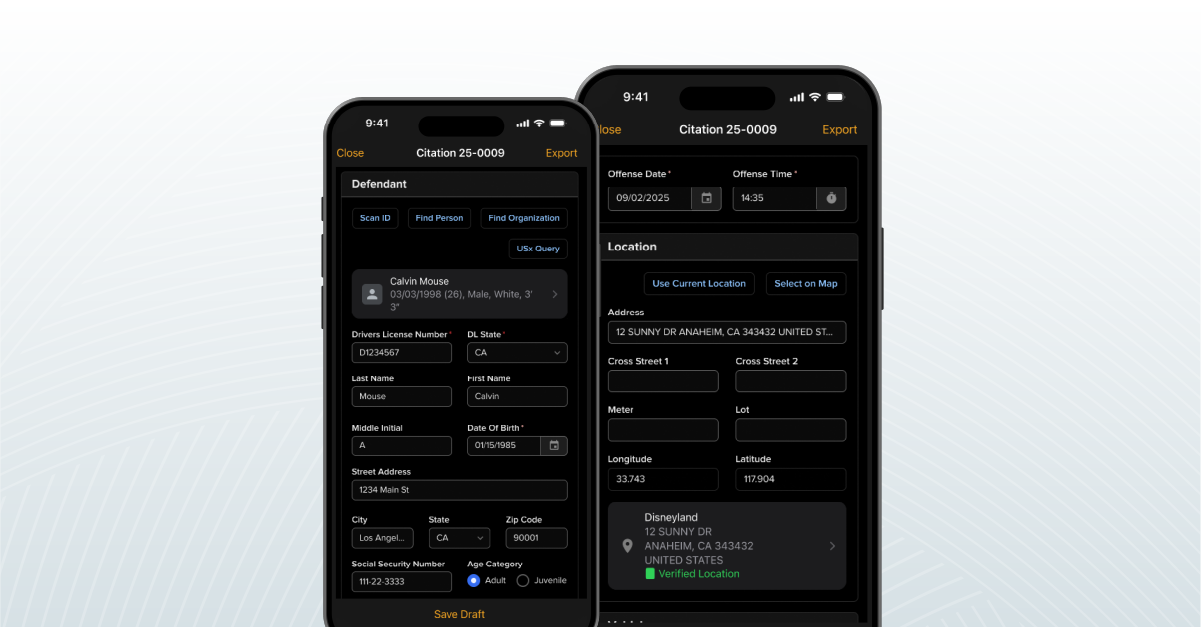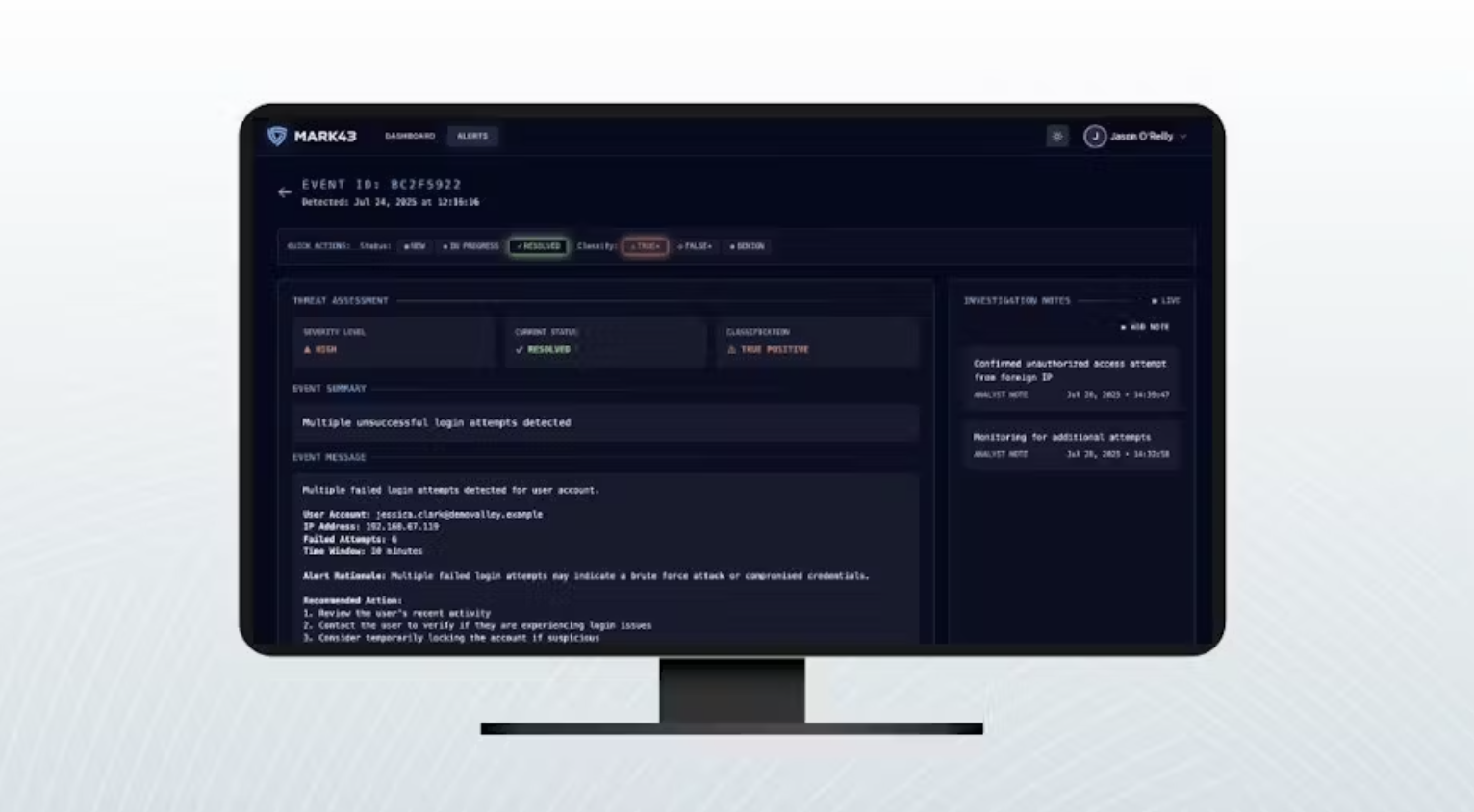By: Matthew Polega
Matt Polega is a cofounder and president at Mark43, a leading cloud-based public safety software company.

Speed and hype can overshadow durability and ethics in the tech sector, which popularized the move-fast-and-break-things ethos. Meanwhile, public safety agencies have a very different philosophy, which is rooted in longevity, accountability, transparency and measurable community impact. This mission-driven sector’s purchasing and partnership mindset offers powerful lessons for leaders in other industries, like tech, who want to build stronger, more responsible companies.
Lessons From Mission-Driven Agencies
Here are three key lessons that tech leaders can learn from mission-driven buyers and suppliers.
Lesson 1: Longevity Beats Hype
Public agencies think in decades, not quarters. So, mission-driven buyers such as these seek partners that will demonstrate their commitment, especially when things get challenging and they’re needed most. That may be at any time of day or night. That’s exactly what strategic partners do—show up for the businesses and organizations they serve, regardless of the time or situation.
Mission-driven customers also want partners that see around corners. That’s why, if there’s a new compliance requirement coming down the pike, for example, you should see it as your job to learn about and manage it so that your mission-driven customers can focus on what they do best. Tech companies that help their customers understand and prepare for what’s to come also position those businesses, and their own companies, for greater and more enduring success.
But understanding what’s coming and preparing for the future doesn’t mean jumping on every new technology or trend that comes along. Yet, that’s often what organizations across sectors feel pressured to do. In tech, when new technologies grab headlines and investor attention, it often prompts board members and business leaders to jump on the bandwagon.
Monitoring trends and investing in solutions to protect your organization from black swan events you never expect but could make you front-page news is important. But in addition to investing in new features and functionality, it’s critical to focus on consistency and durability.
Whether it’s a police chief or a CEO, customers want to work with partners that give them confidence that they have the right solutions for their needs. Steadfast partners that help customers run their own race and tell their own stories can create long-term market advantage. That means staying committed to a shared strategic vision, delivering rock-solid solutions, developing and building on long-term customer relationships, and recognizing that trending topics and technology aren’t always the most important considerations for those organizations.
Lesson 2: Trust Is Earned Through Transparency
Public safety customers have an extremely high bar, and for good reason. They’re driven by a mission to protect people and make communities stronger. So, they aren’t impressed by jargon and pie-in-the-sky promises. They demand clarity in data ownership, compliance, AI use and support models.
For example, AI is powerful but complicated. It may generate imperfect answers, hallucinate or face other problems. While the general populace may be concerned about these issues, the public safety sector is even more skeptical. These customers want answers to questions such as:
• Who owns the data powering AI?
• Can I audit AI decisions?
• Will AI perform in a crisis?
Why? The repercussions are minor if AI doesn’t work perfectly for a person who wants to get a restaurant recommendation or generate a funny image of a family member. But in public safety, AI may help inform critical decisions such as where to deploy police officers. To use these tools, there’s a recognition in the world of public safety that we need to slow down to go fast.
Police departments and other public safety organizations need to understand—and be transparent with their constituents about—how they’re using AI and data. Those organizations will also want strategic partners who are clear about what AI outcomes they expect and what revisions they’ll make to improve if the initial AI initiative doesn’t reach those outcomes.
Tech companies would do well to take the same approach with their partners and customers—because clear, honest communication builds credibility across any customer base.
Lesson 3: Outcomes > Features
It’s easy to get caught up in activities and features. But outcomes are what really matter.
That’s why public safety agencies are increasingly tasking their solution providers with outcomes rather than focusing on flashy feature sets. These customers measure success in human terms—lives saved, minutes shaved off response times and community trust gained.
The tech industry is also beginning to shift from features to outcomes. The real test is whether it can deliver lasting results and scale as needs grow.
Whatever sector you’re in, don’t just design from behind a desk. Send your engineers into the world to understand what the customers they’re designing for really want and need. Also, when you’re formulating your product narrative, tie it to real results, not just buzzwords.
The Bottom Line
Police departments don’t buy things just to spend money or try something new. They’re seeking solutions to pain points such as integration challenges, processes that keep police officers at desks rather than in the field and system downtime that can adversely impact response times. These challenges and objectives should be addressed in any other industry where the customer is pursuing an urgent mission.
It can be tempting to move too quickly and jump on the hype, but any organization would do well to remember that this isn’t how mission-critical work gets done. It gets done by focusing on results, being thoughtful and delivering long-term value.
Taking those things together, any company can bring a new level of value and delight to its customers, no matter the mission.
Original Story: https://www.forbes.com/councils/forbestechcouncil/2025/10/07/what-the-tech-industry-can-learn-from-mission-driven-buyers/








